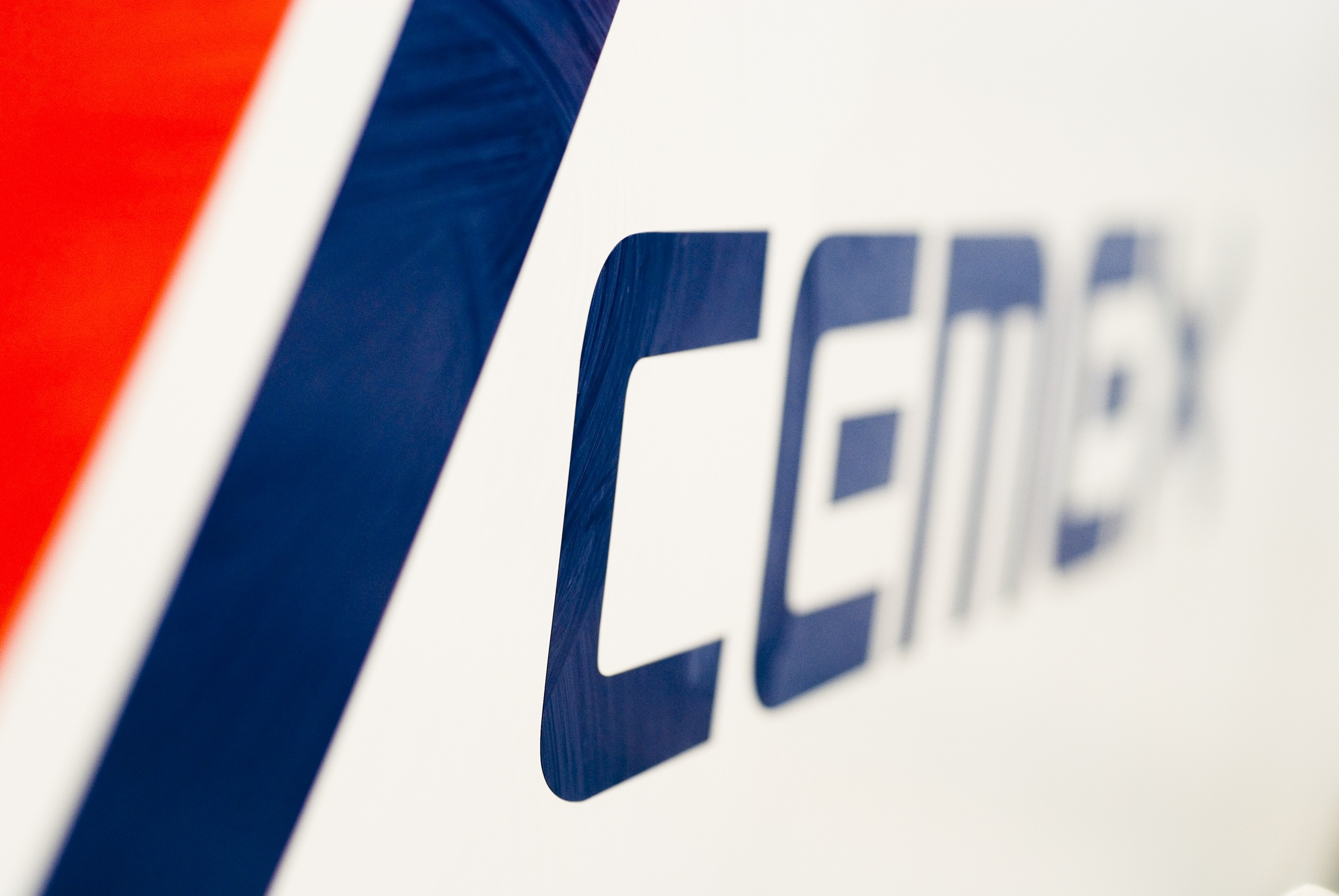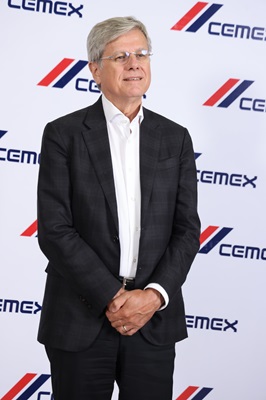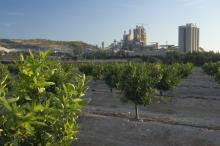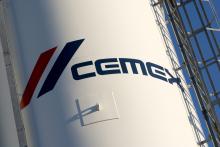
When combined with proprietary admixtures, this process, called micronisation allows cement to significantly reduce its clinker factor per ton of cement, thereby minimising its carbon footprint. Additionally, clinker micronisation has the added feature of maintaining the specified development strength required by the highest global cement standards.
Cemex's clinker micronisation process, pioneered by their Research and Development Center in Switzerland, offers a creative alternative to traditional clinker grinding, enhancing efficiency and significantly boosting the strength of the final product. Industrial-scale production trials have validated initial R&D findings.

The production of clinker, the main cement component, represents the most carbon-intensive part of the cement manufacturing process. Adopting clinker micronisation can reduce the clinker factor in cement products by up to 50%, which would significantly accelerate progress towards the company's decarbonisation goals.
"We are finding new ways to boost our decarbonisation roadmap in the production of cement and concrete," said Fernando A. González, CEO of Cemex. "We remain committed to achieving our ambitious 2030 decarbonisation goals on the path to becoming a Net Zero company by 2050."
Micronised clinker offers additional decarbonisation benefits in concrete. Concretes produced with Cemex's micronised clinker require less cement to achieve the desired strength performance, reducing the CO2 footprint.
Innovation is a key lever for Cemex to reduce its CO2 footprint significantly. The company is actively pursuing new R&D product development processes that favour low-CO2 clinker and carbon capture projects, thus ensuring continuous progress towards its decarbonisation targets. Through Cemex's R&D, the company is discovering and proving scalable technologies to achieve carbon neutrality.
This innovation project is part of Cemex's Future in Action programme, which focuses on achieving sustainable excellence through climate action, circularity, and natural resource management to become a net zero CO2 company by 2050.










